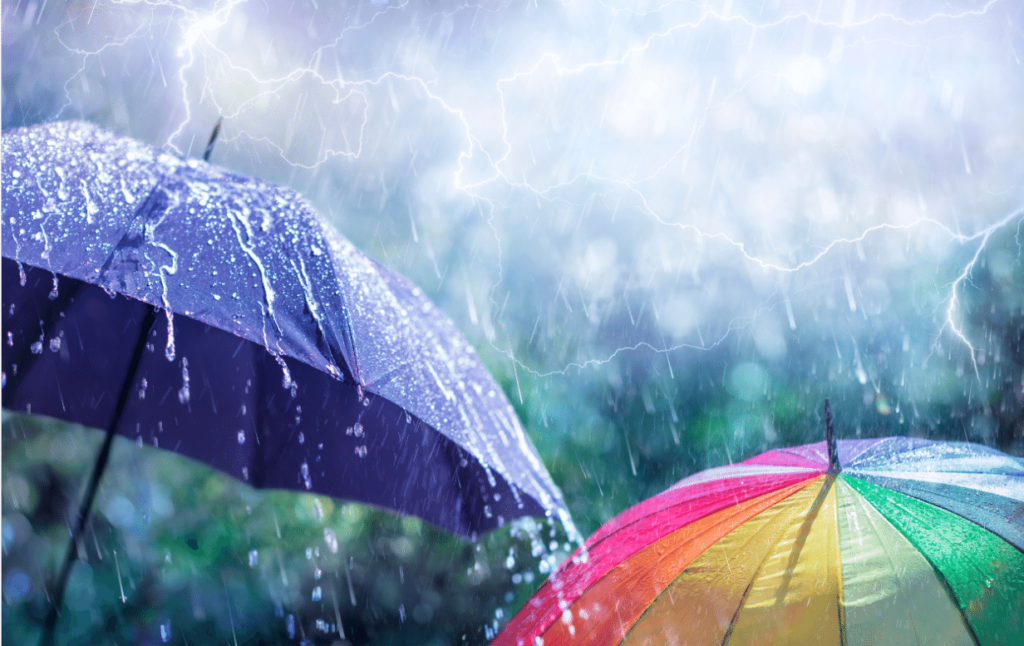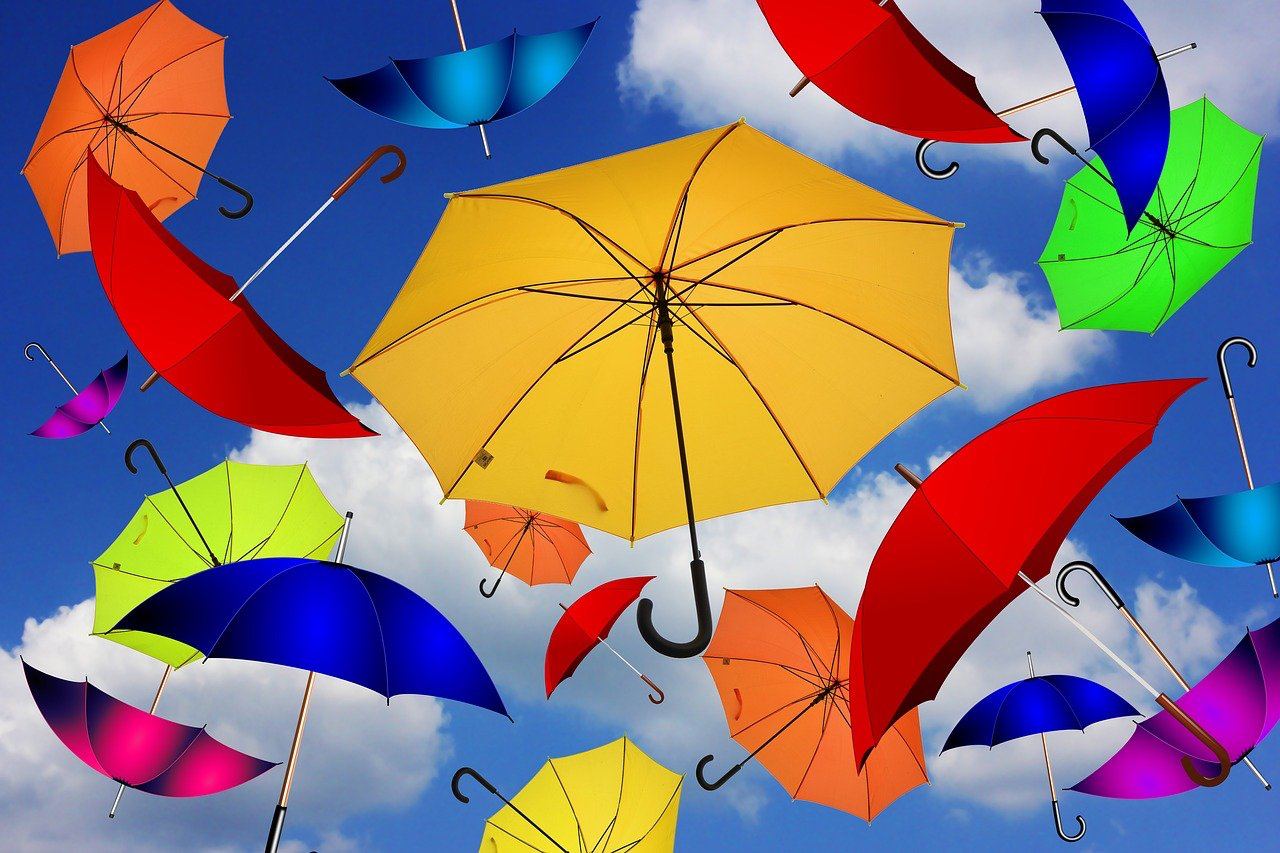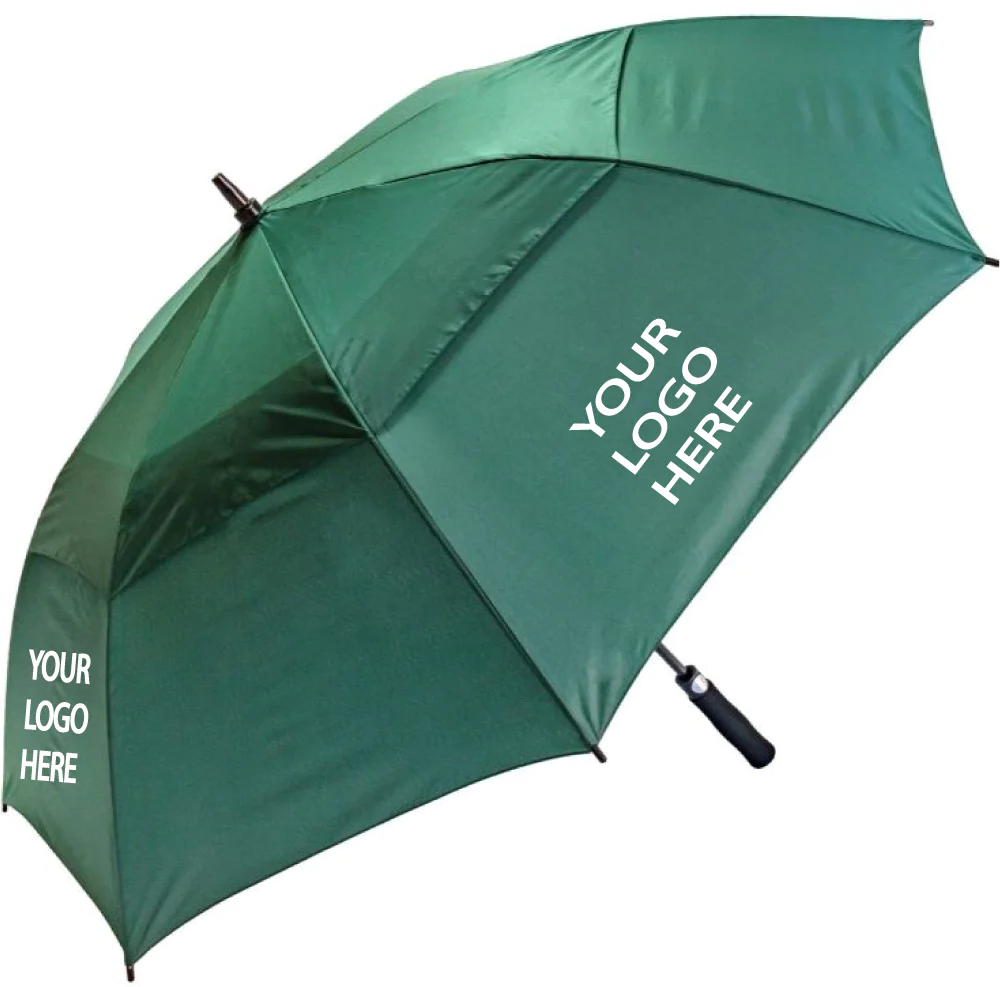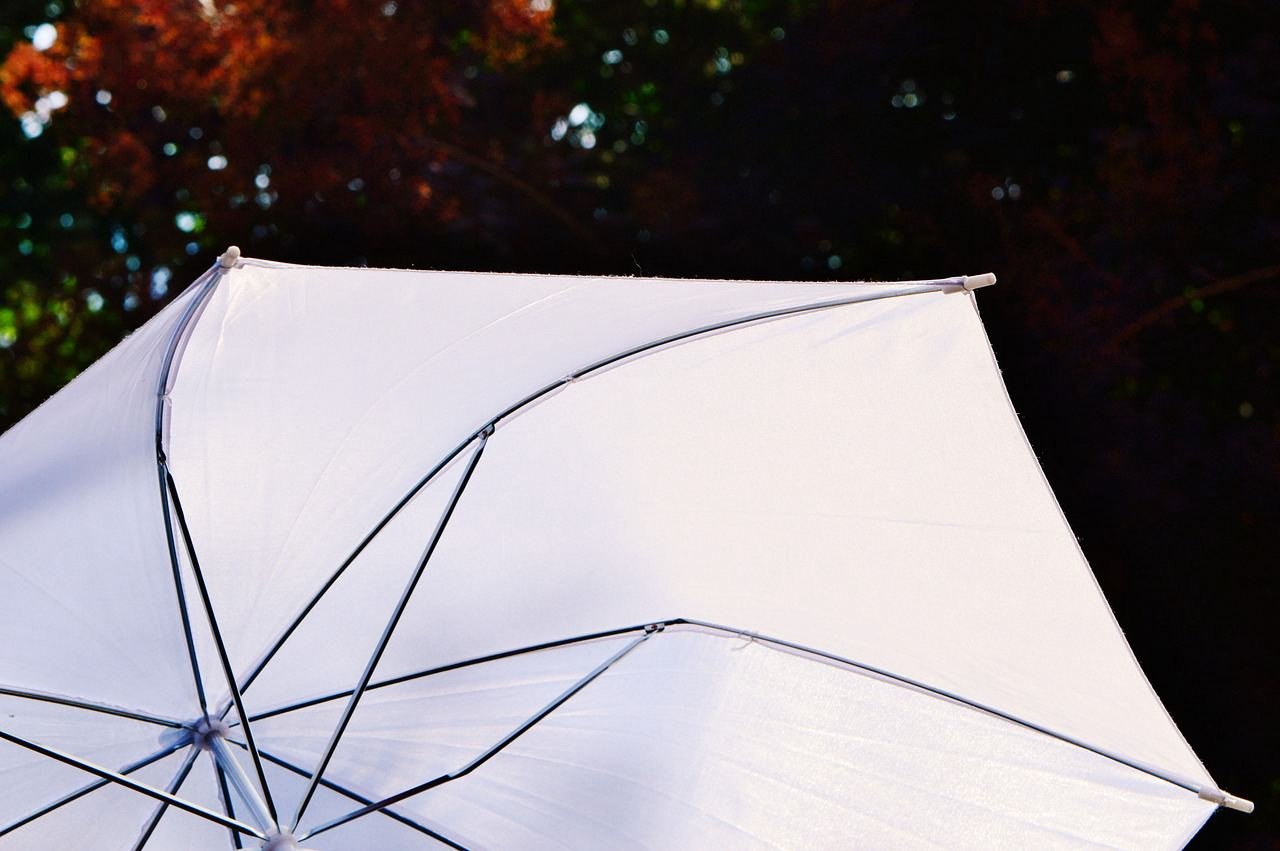For those of us who live in unpredictable climates, a reliable umbrella is more than just an accessory – it’s a necessity. But with countless options flooding the market, choosing the best umbrella for wind and rain can feel overwhelming. Fear not, fellow rain warriors! This comprehensive guide will equip you with the knowledge to find the perfect umbrella that shields you from the elements in style.
Understanding the enemy: wind and rain
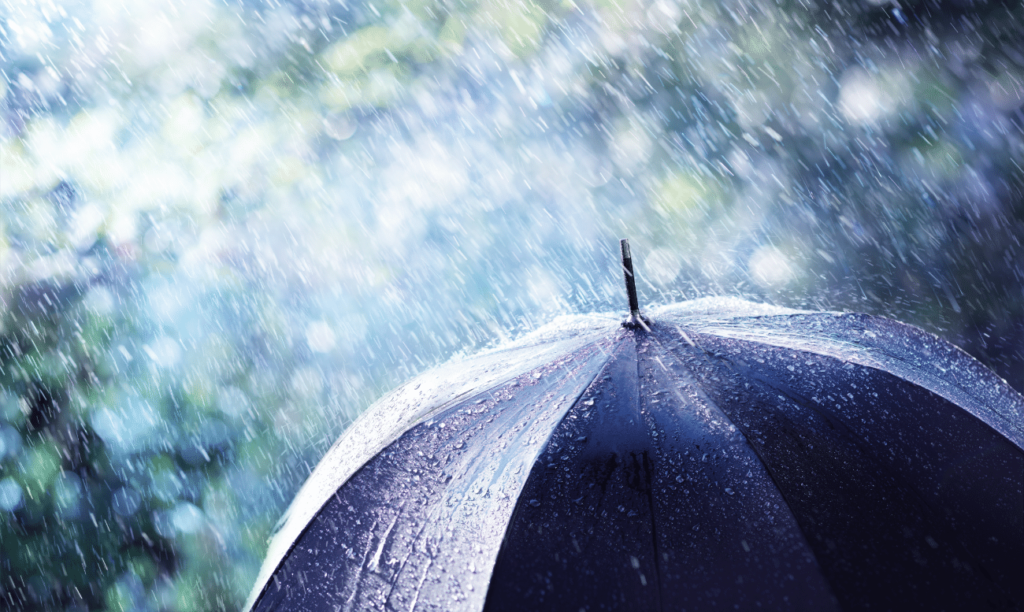
Before diving into umbrella features, let’s analyze the adversaries we’re facing. Rain comes in various intensities, from a gentle drizzle to a torrential downpour. Each requires an umbrella with a canopy material that effectively repels water. Wind, on the other hand, presents a more complex challenge. Strong gusts can easily flip a traditional umbrella inside out, rendering it useless.
Therefore, the ideal umbrella for wind and rain should excel in two key areas:
- Water repellency: The canopy fabric needs to be treated with a durable water-repellent (DWR) coating. This coating creates a barrier that causes water droplets to bead up and roll off the surface, keeping you dry.
- Wind resistance: The frame construction is crucial. Look for umbrellas with strong, flexible fiberglass or carbon fiber ribs that can bend without breaking under pressure. A vented canopy design also helps by allowing wind to pass through without inverting the umbrella.
Unveiling the umbrella arsenal: Key features to consider
Now that we understand the threats, let’s explore the features that make an umbrella a champion against wind and rain.
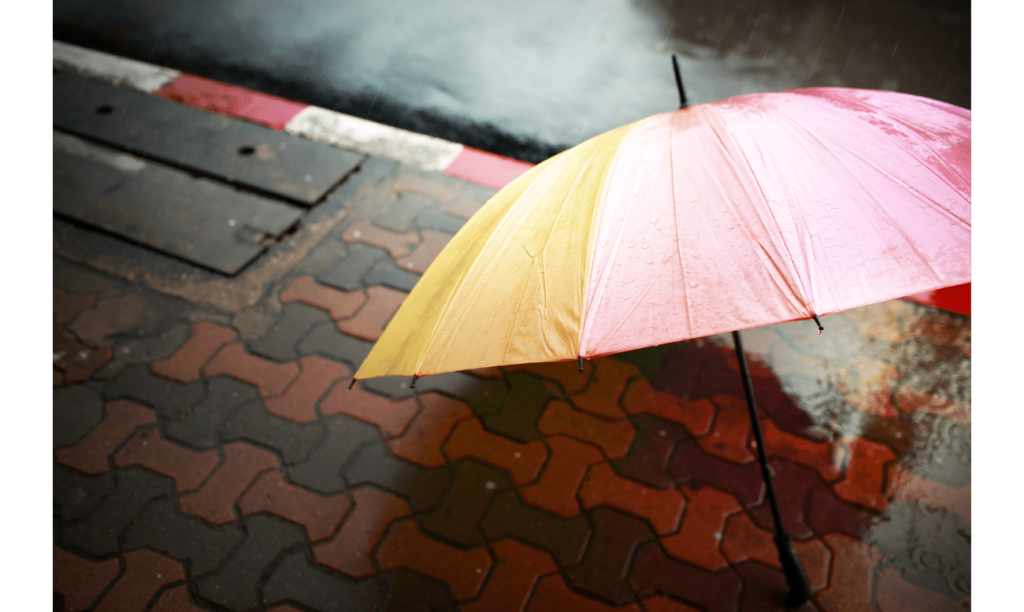
- Canopy fabric:
- Polyester: A popular and affordable choice, polyester with a good DWR coating offers decent water repellency.
- Nylon: Slightly more expensive but known for its durability and superior water repellency.
- Teflon: This high-performance coating enhances water repellency and stain resistance on various fabrics.
- Canopy size: A larger canopy (around 42-48 inches in diameter) provides more coverage, but it can also be less windproof. Conversely, a smaller umbrella (around 36-40 inches) is more portable and wind-resistant but may leave you partially exposed to heavy rain.
- Frame construction:
- Number of ribs: More ribs (typically 8-16) generally distribute wind pressure more effectively, enhancing stability.

- Rib material: Fiberglass or carbon fiber are the preferred choices for their flexibility and strength. Steel ribs are strong but heavy, while aluminum offers a balance between weight and durability.
- Frame design: Double-canopy umbrellas offer additional wind resistance, while vented canopies allow wind to pass through without flipping.
- Opening mechanism:
- Manual: Requires opening and closing by hand, offering a simpler and potentially more lightweight option.
- Automatic: Opens and closes with the push of a button, providing convenience, especially during heavy downpours.
- Additional features:
- Reflective trim: Enhances visibility in low-light conditions for added safety.
- Carrying case: A convenient way to store your umbrella when not in use.
- Lifetime warranty: Indicates a manufacturer’s confidence in the build quality and durability of the umbrella.
Matching your needs with the perfect umbrella
With this arsenal of knowledge at your disposal, you can now choose the umbrella that best suits your lifestyle:
- The everyday warrior:
For daily commuting or errands, a mid-sized (42-44 inches) umbrella with a strong fiberglass or carbon fiber frame and a vented canopy is ideal. Opt for a water-repellent polyester or nylon fabric with a DWR coating for effective rain protection. Consider an automatic opening mechanism for added convenience. - The urban adventurer:
If you’re frequently caught in unexpected downpours, a compact (36-40 inches) travel umbrella with a strong, lightweight frame is a wise choice. Look for a portable design that folds down to a compact size for easy storage in a backpack or purse. Prioritize a water-repellent fabric and consider a windproof design.
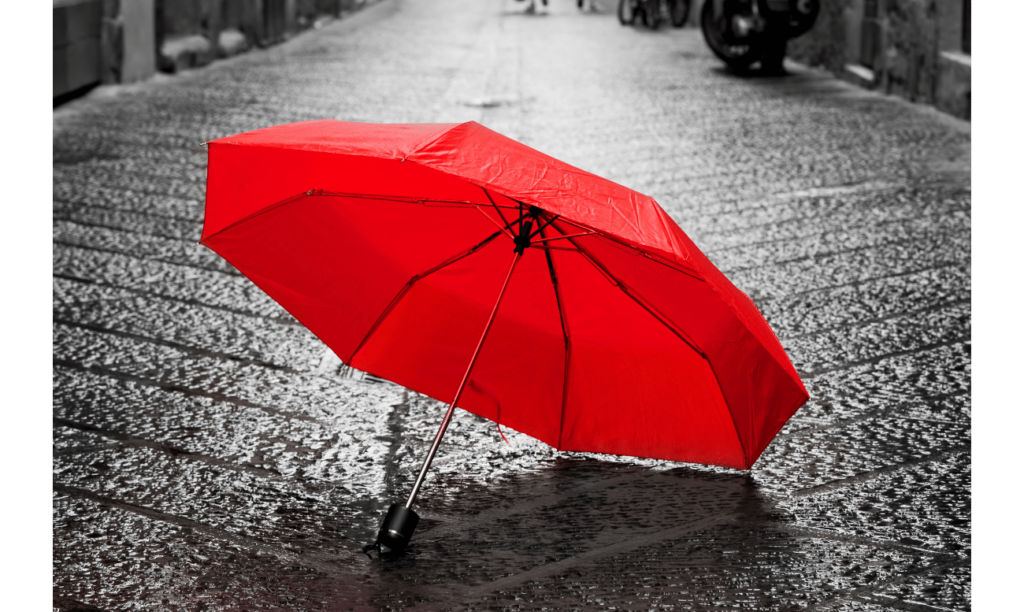
- The business professional:
For maintaining a polished look during rainy commutes, a classic, high-quality umbrella with a larger canopy (46-48 inches) is a great choice. Opt for a sturdy frame with a sleek design and a high-performance canopy fabric like Teflon-coated nylon for superior water repellency.
- The nature enthusiast:
For outdoor adventures, a larger, double-canopy umbrella with a strong, windproof frame is crucial. Consider a vented canopy design for extra wind resistance. Choose a water-resistant and tear-resistant fabric like heavy-duty nylon to withstand the elements.

